Have you ever caught your cat silently sitting nearby, their eyes half-closed, content just to be in the same room as you? It’s a heartwarming and sometimes puzzling sight—your feline friend is close, but not quite close enough to touch. For many cat lovers, this behavior sparks both curiosity and a touch of longing. Why do our beloved cats choose proximity over cuddles? The answer is a journey into the fascinating world of feline emotions, instincts, and their unique way of expressing love. Let’s unravel this mysterious cat behavior together.
The Nature of Feline Independence

Cats have a long-standing reputation for being independent creatures. Unlike dogs, who often crave constant attention and touch, cats are more selective about their interactions. This independence is rooted in their ancestors, who were solitary hunters. They learned to rely on themselves, which meant being cautious about close physical contact that could make them vulnerable. Modern house cats carry this legacy with them, preferring to keep their distance even when they adore you. It’s not a rejection; it’s just their way of balancing closeness with autonomy.
Communication Through Presence

While humans might express affection through hugs and cuddles, cats have their own language of love. Sometimes, simply being near you is their way of saying “I care.” When your cat sits close by, they’re quietly communicating trust and companionship. This presence is meaningful in the feline world. They may not need to touch you to feel close. Just sharing the same space is often enough for them to feel connected, and it’s their subtle way of weaving you into their social circle.
Respecting Boundaries—A Cat’s Way

Cats are highly sensitive to personal space, both their own and yours. They notice how you react when they approach and will happily keep a comfortable distance if that’s what makes you both feel safe. This respect for boundaries is a sign of intelligence and emotional awareness. It’s as if they’re saying, “I trust you, so I’ll stay near, but I also respect your space.” This thoughtful balance is one of the many reasons why living with a cat can feel so special and harmonious.
Reading Their Subtle Signals

Even when cats aren’t physically touching you, they’re often sending subtle signals of affection. A slow blink, a gentle purr, or the way they angle their body toward you are all signs of love. These signals can be easy to miss if you’re only looking for cuddles, but they are just as powerful. Learning to recognize these quiet gestures can deepen your bond and help you appreciate your cat’s unique way of showing care. It’s like learning a new language—one filled with whispers instead of words.
Scent Marking Without Contact

Cats are masters of scent communication. Even without touching you, they may brush past your belongings, nap on your favorite chair, or simply linger in your space. By doing this, they’re leaving behind their scent, marking you and the area as safe and familiar. This invisible exchange is a central part of their social structure. So, when your cat stays close without touching, they’re still maintaining a deep connection through scent—a bond that’s as strong as any cuddle.
Observation and Safety
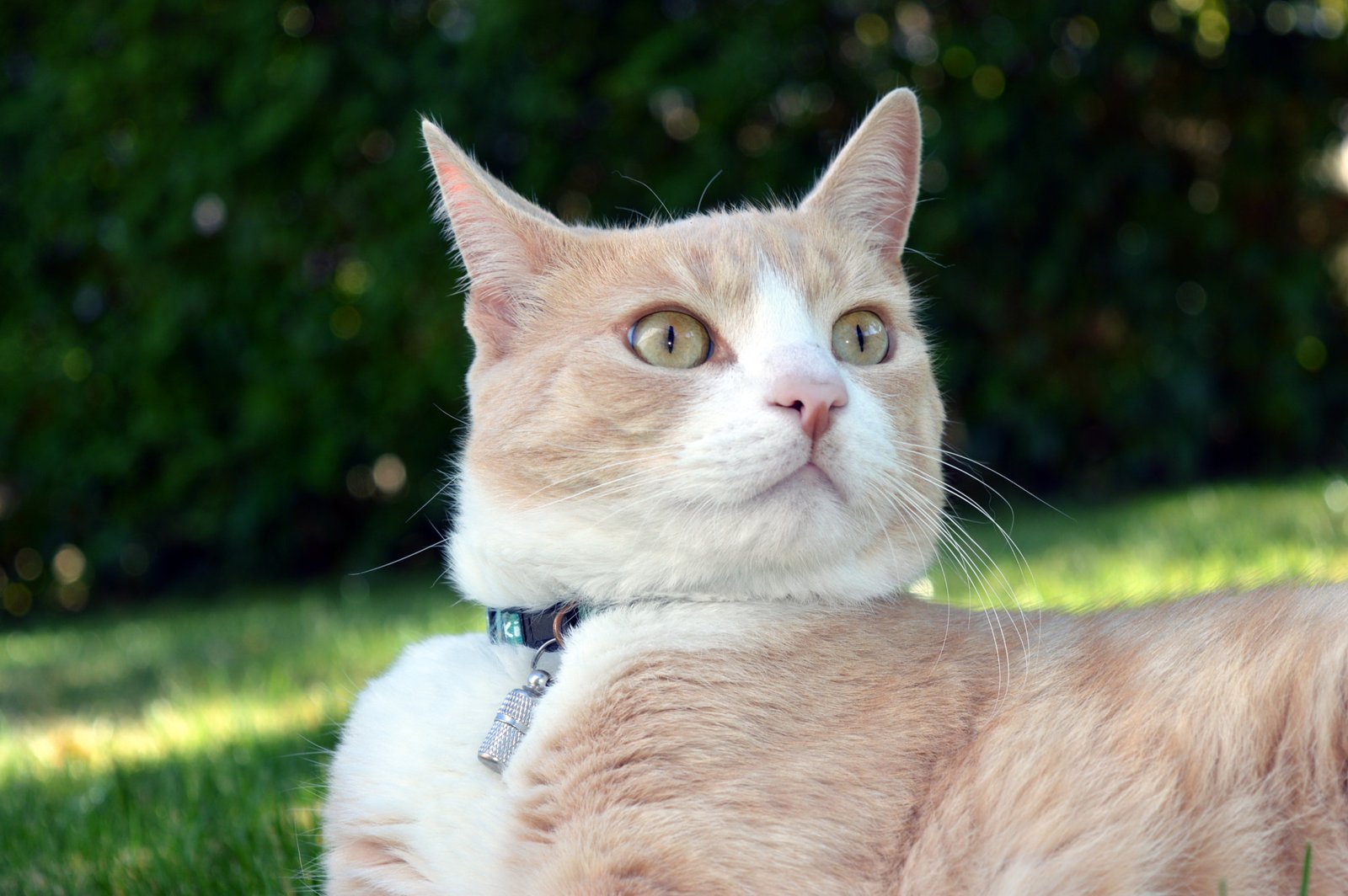
Staying close without contact allows cats to keep an eye on their environment, including you, while feeling safe and in control. This behavior is a holdover from their wild ancestors, who needed to observe potential threats without exposing themselves. By positioning themselves nearby, cats can relax yet remain alert. They trust you enough to let their guard down, but their instincts still urge them to maintain a safe buffer. It’s a perfect blend of affection and caution.
Temperature Sensitivity

Cats are extremely sensitive to temperature. Sometimes, they may avoid sitting directly on you simply because they’re too warm or you’re too cool for their liking. Instead, they’ll choose a spot close by where they can regulate their body heat more easily. This practical approach doesn’t mean they love you any less—it’s just their way of staying comfortable while keeping you in sight. It’s a quirky, uniquely feline solution to the eternal search for the perfect temperature.
Emotional Comfort Zones
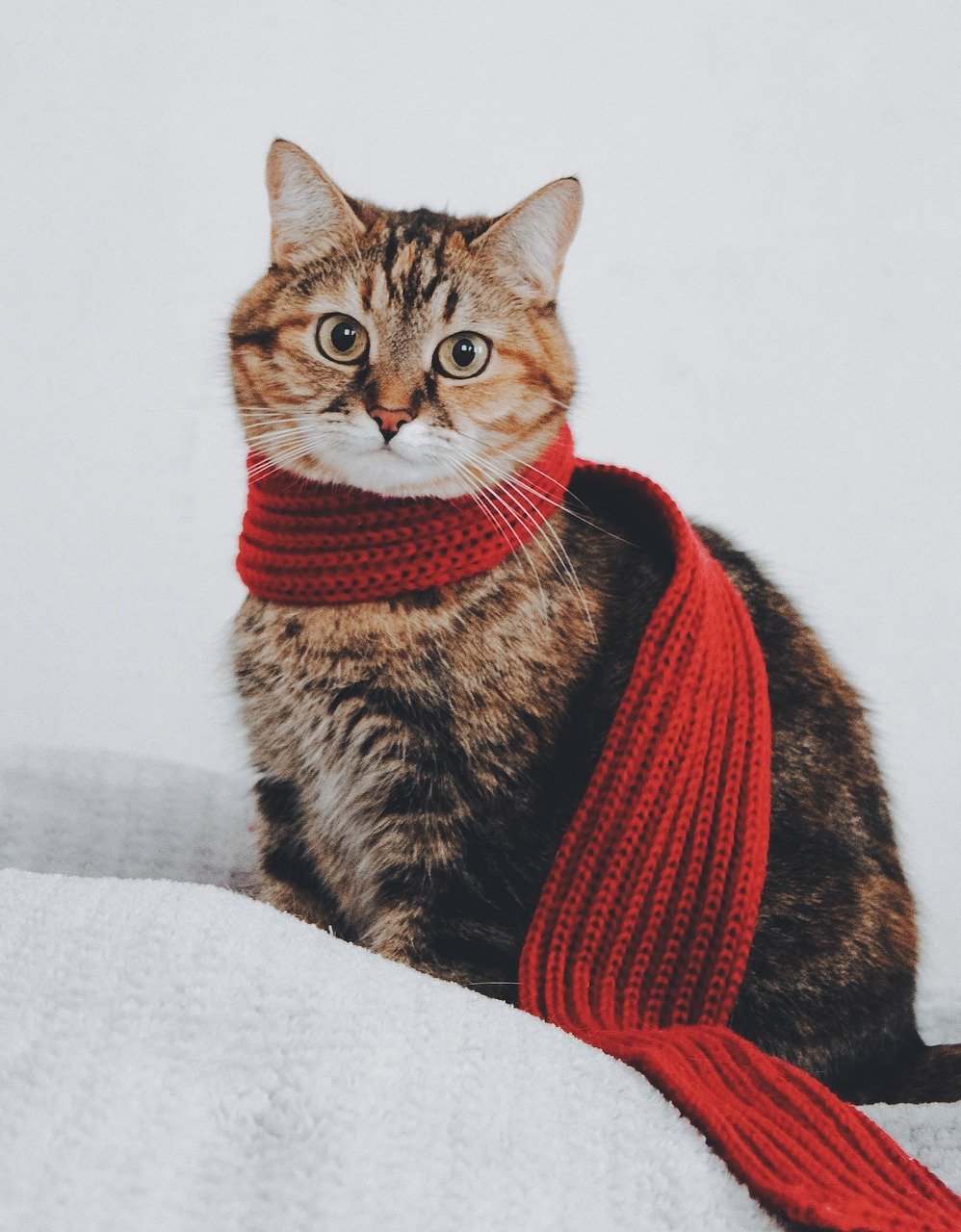
Every cat has their own emotional comfort zone. Some cats are naturally more affectionate, while others prefer to admire from a distance. This range of personalities is shaped by genetics, early socialization, and individual experiences. When your cat chooses to stay nearby without touching, they’re operating within their own comfort zone. Respecting this space is an act of love, allowing your cat to feel secure and happy in your presence.
Trust Without Touch

Trust is a cornerstone of any relationship, feline or otherwise. For cats, trust doesn’t always require physical contact. When your cat lounges nearby, exposes their belly, or turns their back to you, they’re demonstrating profound trust. These behaviors signal that they feel safe and protected, even without the need for cuddles. It’s their quiet way of saying, “I feel at home with you.” This trust, built over time, is one of the highest compliments a cat can give.
Past Experiences and Socialization
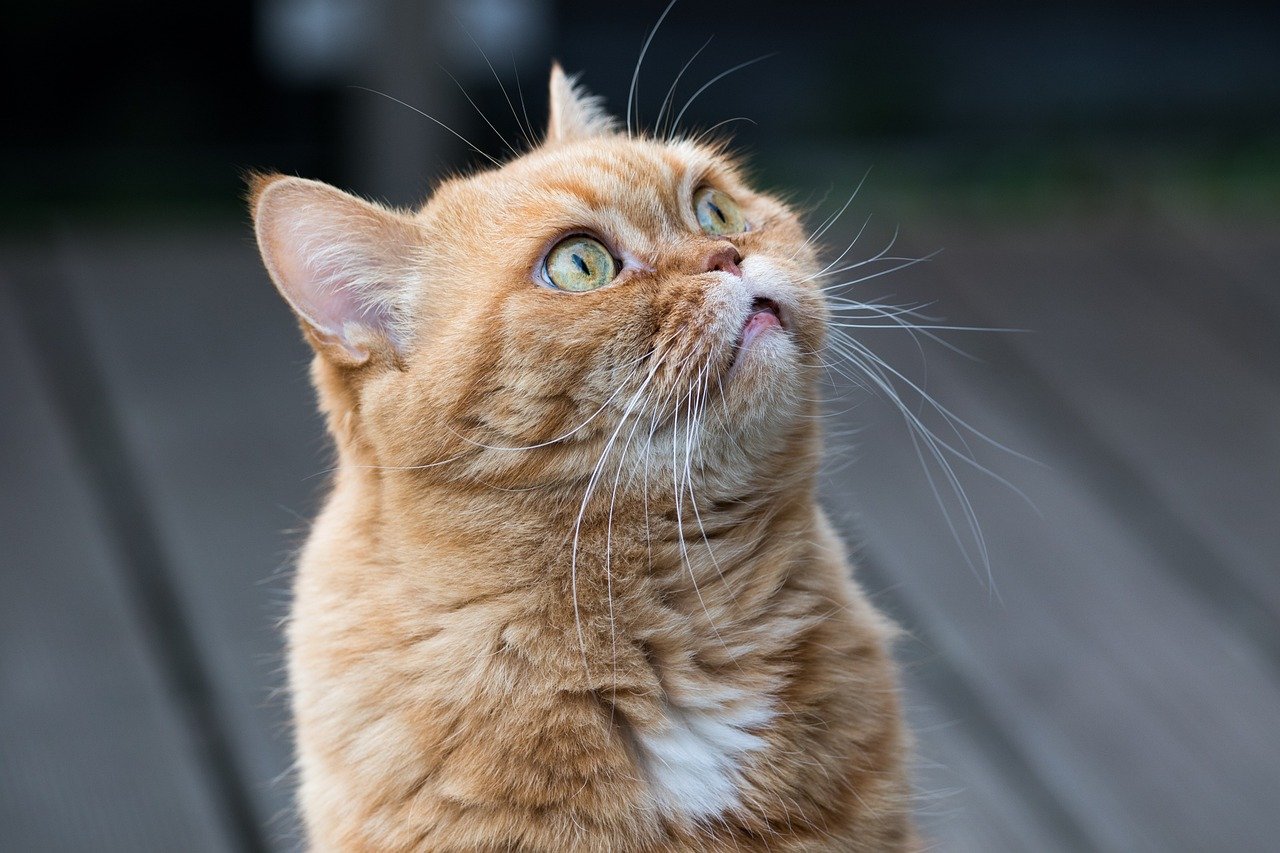
A cat’s early life has a huge impact on how they interact with humans. Cats that were well-socialized as kittens may seek more contact, while those with less positive experiences might prefer to keep a little distance. Traumatic events, rough handling, or a lack of gentle touch can make some cats wary of physical closeness. Yet, even these cats often choose to stay nearby, showing that they still crave companionship in their own way. Every cat’s history shapes how they express their affection.
Personality Types Among Cats
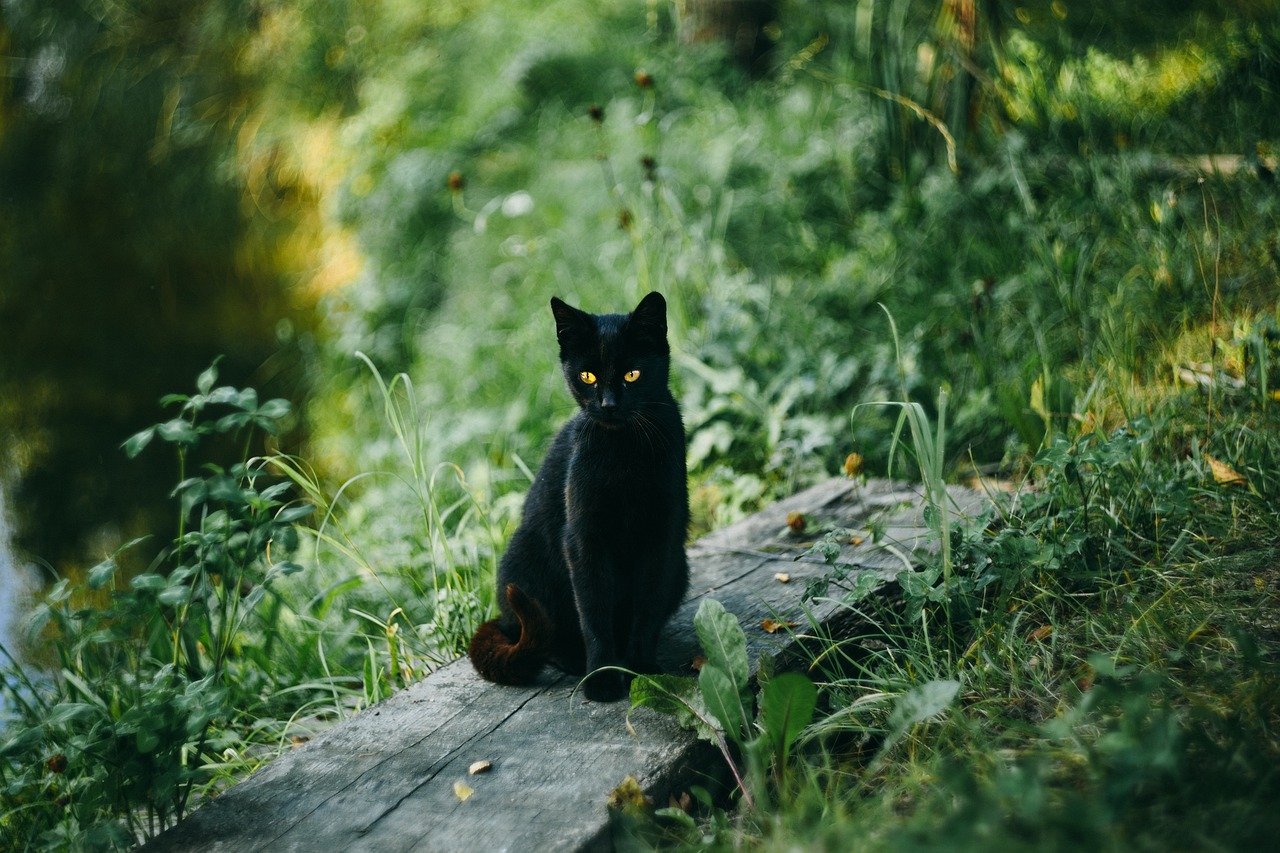
Just like people, cats come in all sorts of personalities. Some are social butterflies who seek out constant attention, while others are more reserved and independent. This diversity means that one cat might curl up in your lap, while another prefers to perch silently by your side. Both behaviors are completely normal, and neither is a sign of emotional distance. Understanding your cat’s personality helps you appreciate their unique way of being close.
Routine and Familiarity
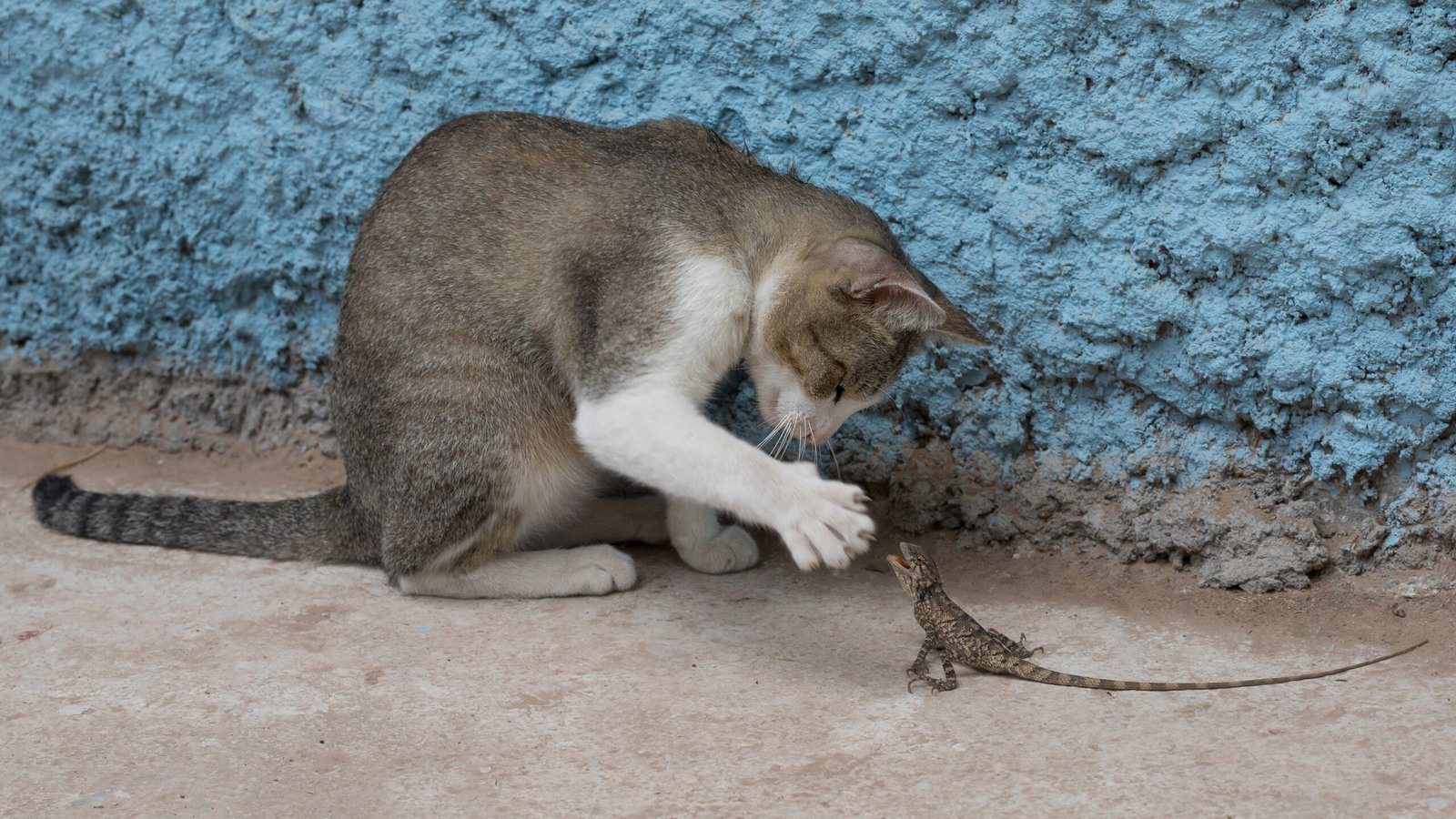
Cats are creatures of habit and thrive on routine. They often develop favorite spots near their humans—perhaps a sunny patch by your chair or a cozy corner of the couch. By sticking to these routines, cats create a sense of stability and predictability. Sitting close, but not touching, becomes part of their daily ritual. This familiar pattern is comforting to both you and your cat, reinforcing your special connection.
Body Language and Proximity
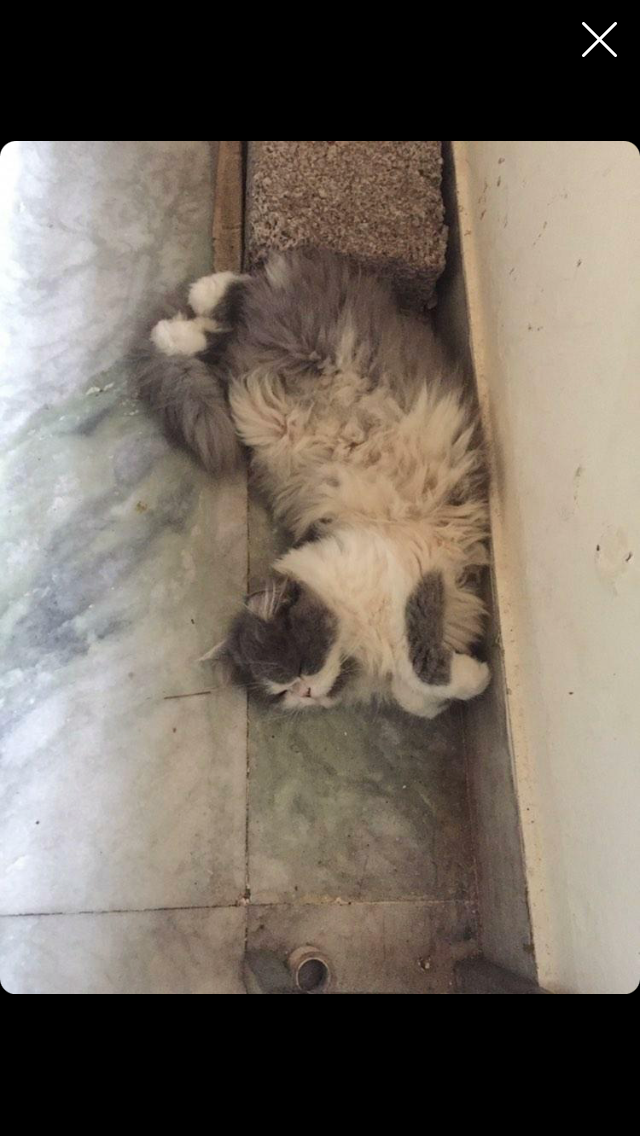
Feline body language is a world of subtlety. A cat lying with their paws tucked in, tail relaxed, and eyes half-shut nearby is a picture of contentment. These postures show they feel safe in your presence. Sometimes, your cat may even mimic your posture, a silent sign of bonding. Paying attention to these cues can help you read your cat’s mood and intent, even when there’s no physical contact involved.
Social Hierarchies and Space

In multi-cat households, social hierarchies play a big role in how cats interact with each other—and with you. Some cats may claim spots closer to you as a sign of status, while others keep a respectful distance. These subtle negotiations of space reflect the complex social lives of cats. By sitting close without touching, your cat might be finding their place in the household’s social order, balancing their need for connection with respect for boundaries.
Affection in the Feline World

Affection among cats often looks different from what humans expect. While some cats groom each other or snuggle, many show fondness simply by being near. This “silent affection” is a hallmark of feline relationships. When your cat chooses to spend time with you, even without touching, they’re sharing their world in the most authentic way they know. It’s a powerful reminder that love doesn’t always need to be loud or obvious.
Stress and Overstimulation

Cats can easily become overstimulated by too much handling or noise. Even the friendliest cats may crave a little personal space after a busy day. Sitting close without contact allows them to enjoy your company without crossing their own threshold for stimulation. This self-regulation helps keep them happy and balanced. Recognizing when your cat needs a break is key to building a trusting relationship.
Human Expectations vs. Feline Reality

It’s natural for humans to want to hug and cuddle their pets. But cats have their own way of loving that doesn’t always match our expectations. Understanding this difference can transform frustration into appreciation. When your cat chooses proximity over contact, they’re offering you a glimpse into their world—a world where quiet companionship speaks volumes. Letting go of our need for constant touch opens the door to a deeper, more nuanced connection.
Environmental Factors and Mood
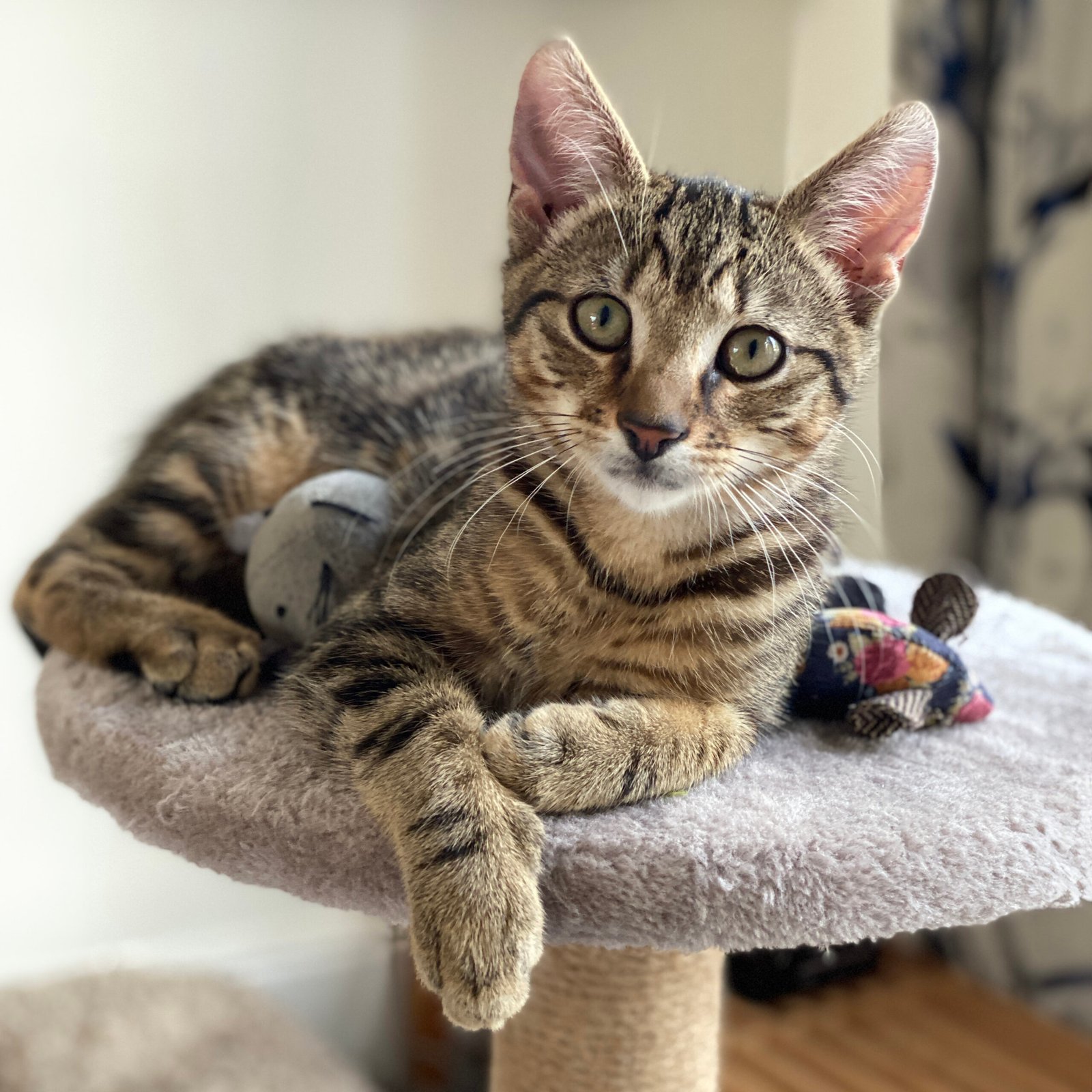
Changes in the environment—like new furniture, guests, or even scents—can influence how close cats want to be. A sudden shift might make them more cautious or encourage them to seek out your presence for reassurance. Their choice to stay near, but not touch, is often a way of coping with uncertainty. By observing how your cat reacts to their surroundings, you can better understand their emotional state and offer the support they need.
Health Considerations
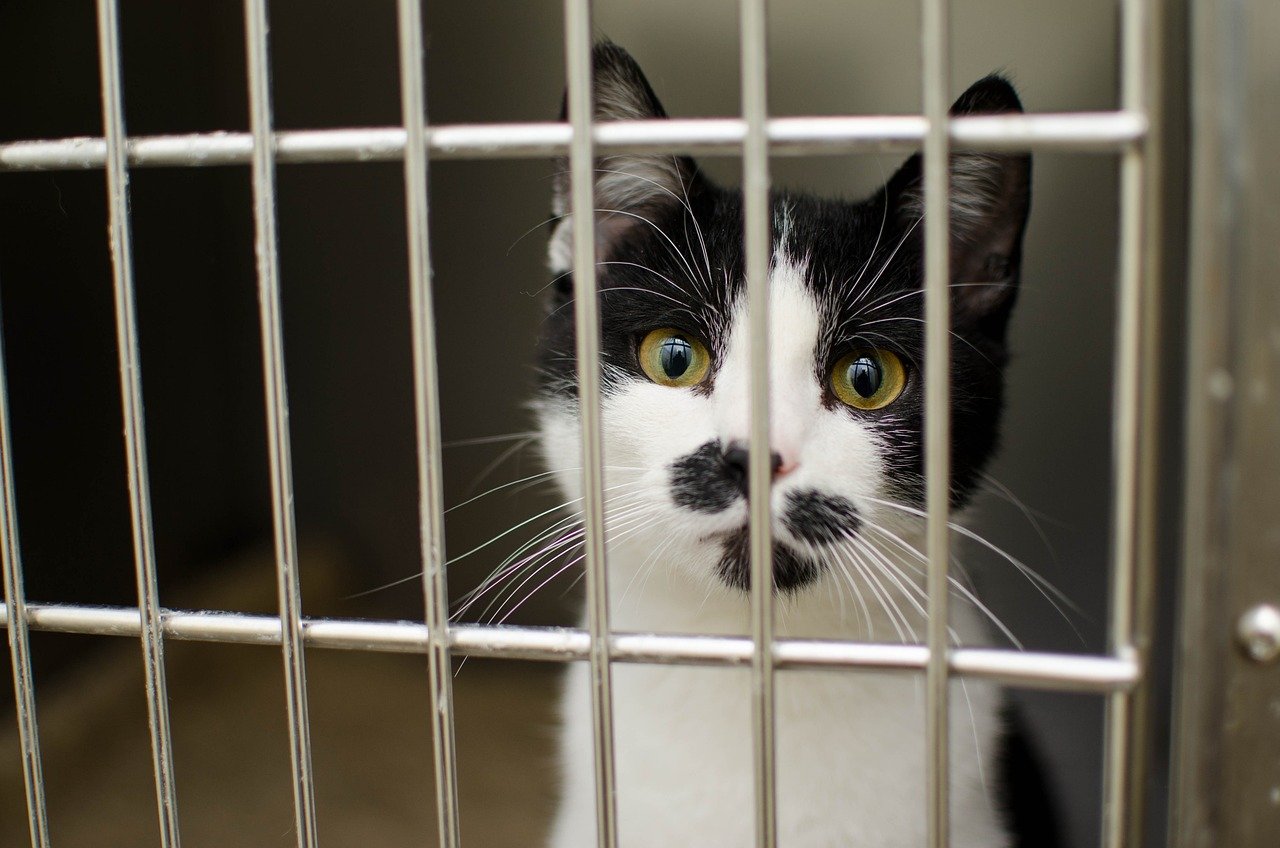
Sometimes, a cat’s reluctance to make physical contact can be a sign of discomfort or pain. Arthritis, injuries, or skin sensitivities can make touch less appealing. If your cat suddenly avoids contact, it’s important to consider their health. Yet, even when unwell, many cats will still choose to be near their favorite person. This enduring closeness is a testament to the strength of your bond.
Encouraging Closeness on Their Terms
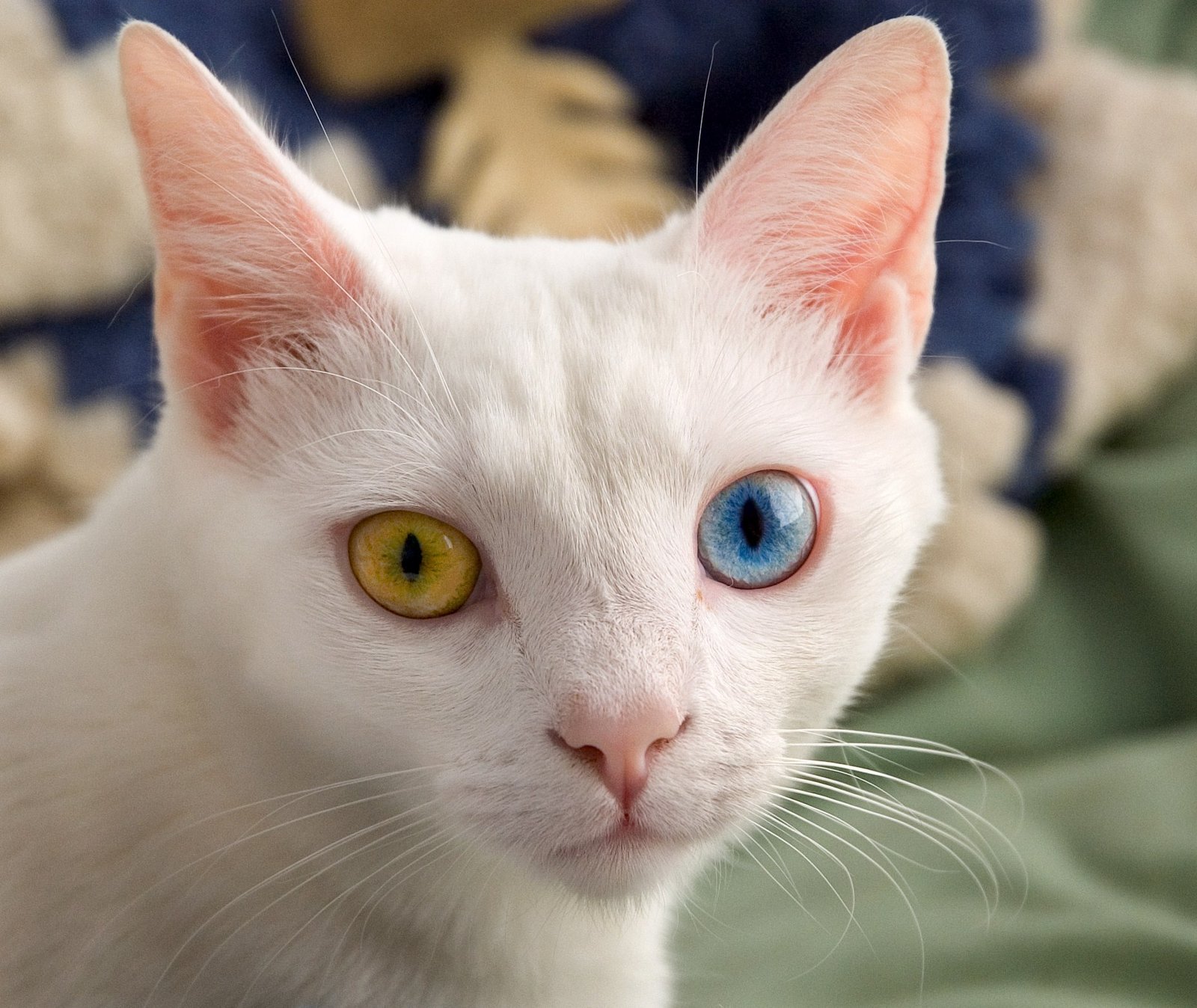
If you wish to build a closer relationship with your cat, patience is key. Offer treats, gentle words, and respect for their boundaries. Allow your cat to initiate contact when they feel ready. Over time, you may notice them inching closer, seeking out your lap, or even curling up beside you. Every small step is a victory in trust and affection. Remember, the journey to closeness is as meaningful as the destination.
The Quiet Joy of Feline Companionship
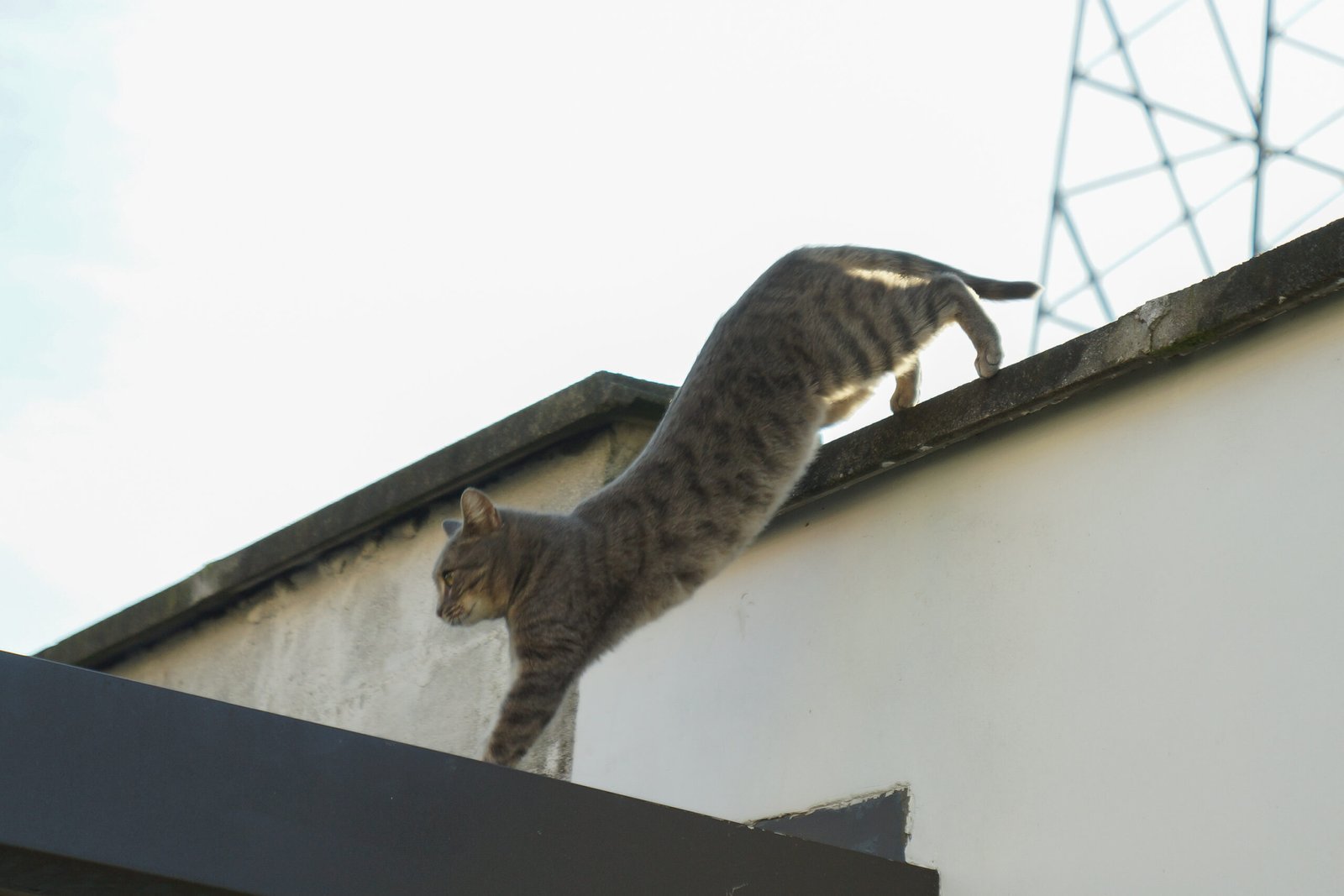
There’s something quietly magical about sharing space with a cat who chooses to be near you. This silent companionship is built on trust, respect, and a deep understanding of each other’s needs. While cats may not always seek physical contact, their presence is a powerful declaration of love. It’s in these gentle moments of togetherness—free from pressure or expectation—that the true beauty of the human-cat relationship shines through.
Hi, I’m Bola, a passionate writer and creative strategist with a knack for crafting compelling content that educates, inspires, and connects. Over the years, I’ve honed my skills across various writing fields, including content creation, copywriting, online course development, and video scriptwriting.
When I’m not at my desk, you’ll find me exploring new ideas, reading books, or brainstorming creative ways to solve challenges. I believe that words have the power to transform, and I’m here to help you leverage that power for success.
Thanks for stopping by, Keep coming to this website to checkout new articles form me. You’d always love it!






